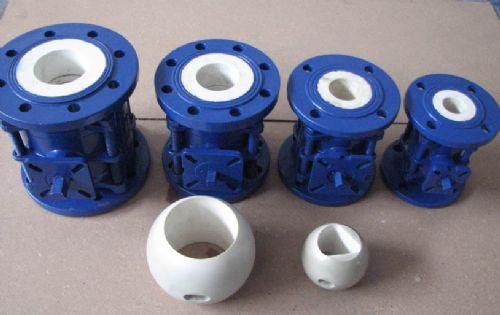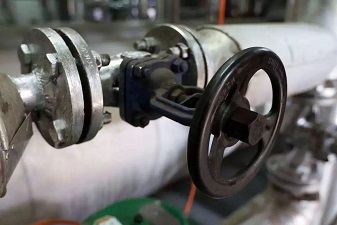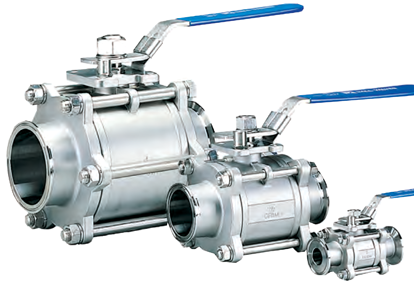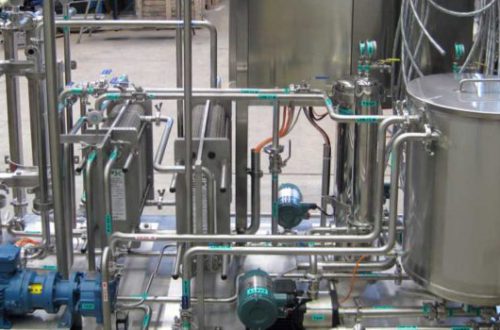At present, the valves commonly used in most industries are metal valves. The use of metal valves has been around for hundreds of years. Although it has been improved by structure and materials, it is more and more unable to adapt to the needs of harsh conditions such as high wear and strong corrosion due to the limitations of metal materials. The shortcomings of the traditional metal industrial valves are mainly reflected in the short service life and serious leakage, which greatly affects the stability of the system operation. These valves are in urgent need of radical innovation in materials, design and manufacturing processes.
As a new material in the 21st century, advanced ceramic materials have been valued by more and more scientists. Applying it to the production of industrial valves is a bold and beneficial innovation.
The ceramic material has a small deformation amount and a much higher bonding strength than the metal. Generally, the crystal ionic radius of the ceramic material is small, and the ion electricity price is high, and the coordination number is large. These properties determine the tensile strength, compressive strength, modulus of elasticity, hardness, etc. of ceramic materials are very high, but the “brittleness” and difficult processing of ceramic itself limit its application range.
In the past ten years, due to the development and progress of martensitic transformation toughening technology, composite material technology and nano ceramic technology, the “brittleness” of ceramics has been greatly improved. The application of new ceramic materials in petroleum, chemical, machinery and other fields is very active. The use of ceramics to make parts instead of metal materials is one of the important development directions in the high-tech materials market in recent years.
Ceramic valves have enormous social and economic benefits:
1. The high-tech new ceramic structural material is used to make the sealing parts and the wearing parts of the valve, which improves the wear resistance, corrosion resistance and sealing of the valve product, and greatly prolongs the service life of the valve;
2. The use of ceramic valves can greatly reduce the number of maintenance and replacement of valves, improve the safety and stability of the supporting equipment operating system, reduce the labor intensity of workers, and save equipment maintenance costs;
3. The use of ceramic valves can improve the sealing of industrial pipeline systems, and at the same time minimize the leakage, and will play an active role in promoting environmental protection;
4. The raw materials for manufacturing ceramics are wide and the cost is low. The ordinary materials such as aluminum, carbon and silicon can be used to manufacture ceramic materials with superior performance, which can save a lot of metal materials and rare mineral resources.
Wear-resistant ceramic valves are mainly used in electric power, petroleum, chemical, metallurgy, mining, sewage treatment and other industrial fields, especially in the face of high wear, strong corrosion, high temperature, high pressure and other harsh conditions, and show its excellent performance. It can be used in high wear and strong corrosive environments. Its outstanding feature is its long service life, its performance and price ratio is far superior to other similar metal valves. With the continuous development and advancement of science and technology, ceramic materials are more mature and complete from the aspects of formulation, molding, processing and assembly process. Ceramic valves are increasingly recognized by the industry for their excellent performance. The successful experience of manufacturing ceramic valves can also be applied to a wider range of engineering fields.
For more information about high-quality valve, please visit https://www.adamantvalves.com/.





